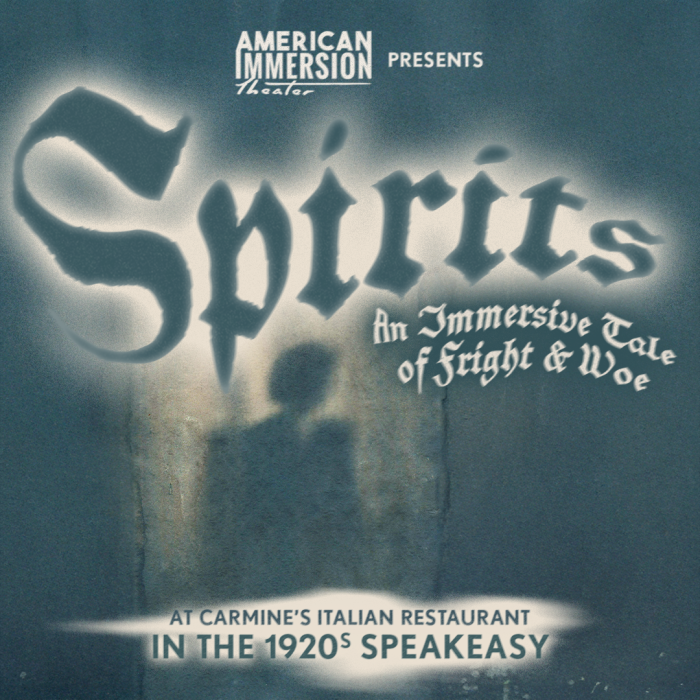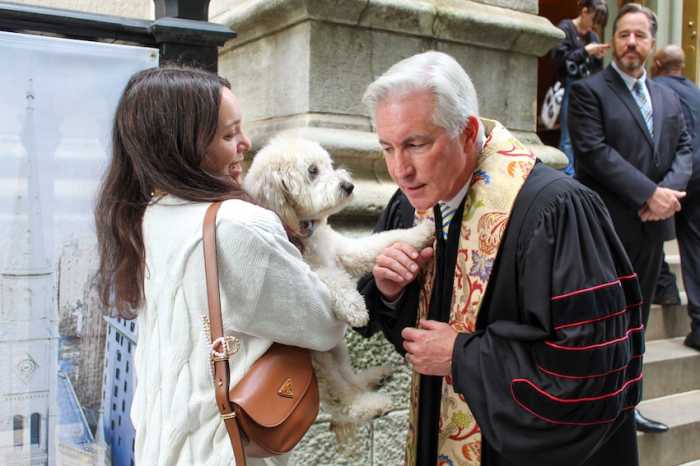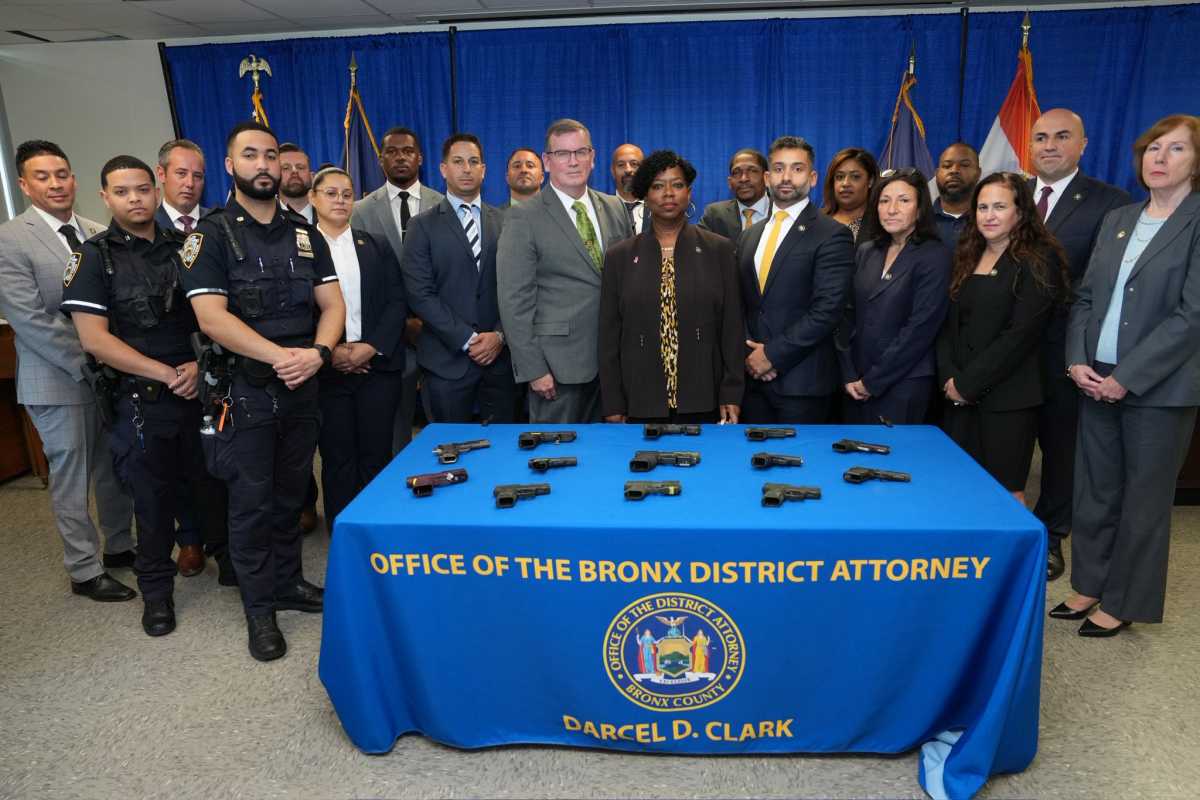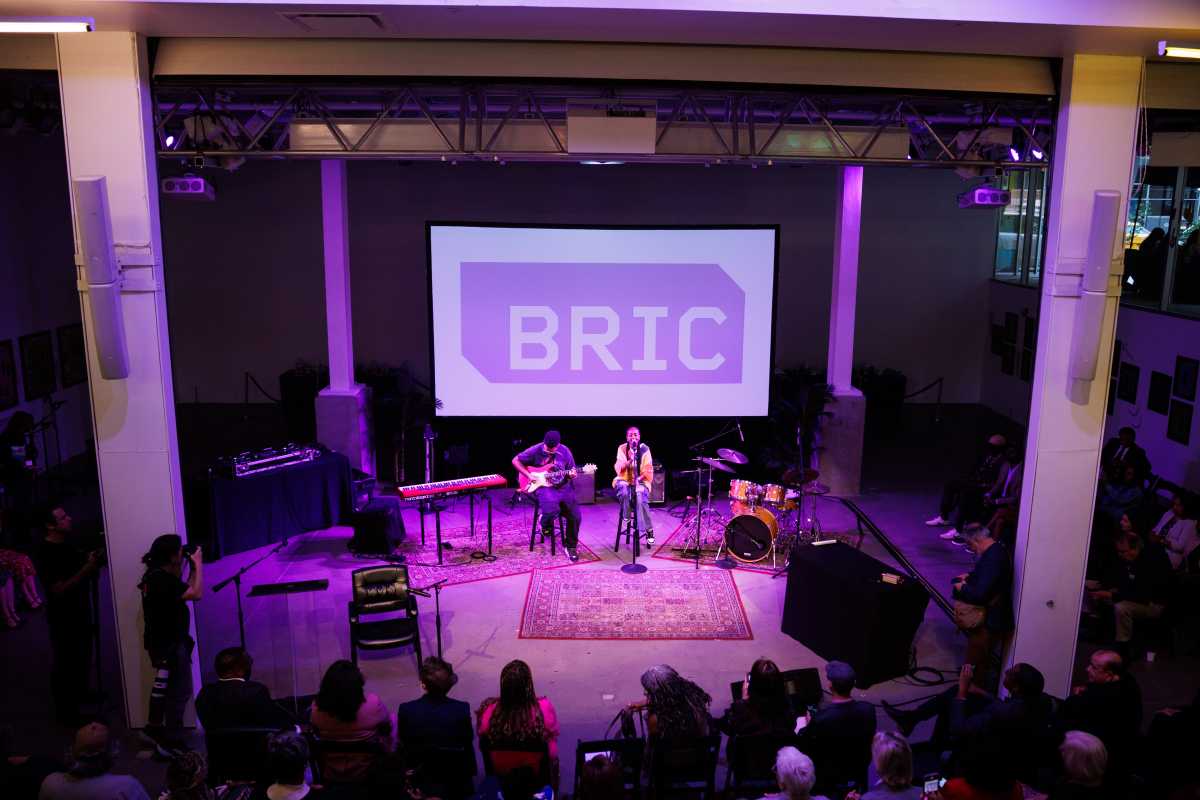By Ellen Keohane
Too many bars, honking horns, loud drunk people, cat-sized rats and vomit-splattered sidewalks were some of the complaints voiced by East Village residents and business owners at a Community Board 3 meeting on Monday night.
About 80 people met with representatives from C.B. 3, the State Liquor Authority and various city agencies to brainstorm solutions for these and other quality of life problems at Tompkins Park Middle School at 600 E. Sixth St.
“Real estate has played a much larger hand in the change in our community than any of the people in this room,” C.B. 3 chairperson and bar owner David McWater said. “The neighborhood has changed a great deal — in many ways for the worse, and for many ways for the better,” he said. “What we want to do is come away with ideas tonight for ways that it can be better.”
Heavy traffic congestion on Avenue B, in particular, has become a serious noise and therefore, a quality of life problem in the East Village, C.B. 3 District Manager Susan Stetzer said. Increased traffic on the avenue results in horn honking, which is loud enough to wake up people who live several blocks away, she said.
To help alleviate excessive horn honking on Avenue B, the city’s Department of Environmental Protection has installed signs at various corridors along Avenue B telling drivers that there is a $350 fine for honking, David Crane, C.B. 3 Transportation Committee chairperson, said.
Rebecca Moore of the Ludlow-Orchard Community Organization, or L.O.C.O., and others at the meeting complained about bar patrons throwing up on sidewalks and in building vestibules.
The city’s Department of Transportation will also start a three-month pilot program on Avenue B to address traffic congestion, said Colleen Chattergoon, a representative from D.O.T. Manhattan Borough Commissioner Margaret Forgione’s office. The program will start in mid-to-late April.
D.O.T. will remove evening parking on the east side of Avenue B between E. Second and E. Fourth Sts. and change it to no standing from Thursday through Sunday from 11 p.m. until 6 a.m., Chattergoon said. This will allow taxis room to pull over to the curb in order to pick up and drop off passengers. If the project eliminates congestion, D.O.T. may decide to extend the program, she said.
Although turning Avenue B from a two-way street to a one-way, northbound street was discussed with D.O.T. late last year, the idea has been temporarily abandoned due to residents’ opposition, Chattergoon said.
Due to heavy traffic on Avenue B, emergency vehicles often have a hard time accessing the area.
“Emergency vehicles stay stuck and have a larger response time trying to get to their destination because of the open bar activity, people on the street and taxis clogging up the streets,” Mayra Cappas, chairperson of the C.B. 3 Sanitation and Public Safety Committee, said.
A fire chief from nearby Battalion Four on Pitt St. agreed that it was difficult getting fire equipment down Avenue B.
“On Saturday and Saturday nights with people double parking, it’s extremely hard,” he said. The parking change on Avenue B would help the Fire Department immensely, he said.
Other city agencies are also working to make the East Village — and New York City — a little quieter. A new comprehensive noise code will go into effect in July 2007, said a representative from D.E.P. The new code will lower the decibel levels inside residences; therefore, the tolerable limits of noise will be lowered across the city, he said.
In addition to bar noise and traffic on Avenue B, residents also complained about the growing number of rats in the neighborhood and vomit on the sidewalks. There’s an overload of garbage on the street, board member Cappas said.
“Rats are having a feast on the garbage bags,” she said.
“Anyone who’s walked on the streets at 2 o’clock in the morning sees cat-sized rats running through our neighborhood,” said Daniel Nauke of the E. 11th St. First and A Block Association. Residents and business owners were encouraged to put their garbage in barrels with covers, and not to leave plastic bags full of trash on the street.
One Avenue B resident complained of drunken bar patrons vomiting all over the sidewalk. Her complaint elicited groans of agreement from the crowd.
“Multiple times I’ve had to clean vomit out of my vestibule,” she said. “It’s disgusting.”
Sandee Wright, owner of The Whiskey Ward bar, said that it was businesses’ responsibility to clean up after their patrons. However, Rebecca Moore of the Ludlow-Orchard Community Organization commented that on a street with several bars, it was hard to pinpoint where the vomit may have originated.
Both business owners and residents at the meeting called for greater police presence in the East Village.
If the cops were out there giving tickets to people and taxis, that would make a big difference, said Michael Rosenberg, an East Village resident and owner of Mama’s Food Shop on E. Third St. Bars and establishments are the ones taking the flak, which is leading to greater animosity between business owners and residents, he said.
“People are causing the noise, not the establishments,” he said.
One East Village resident complained about street fights late at night.
“I don’t know where the police are,” she said. By the time the police show up, the participants of the street fight are gone. “So if we could increase a police presence, that would be fantastic,” she said.
“The amount of enforcement that has taken place within the Ninth Precinct has multiplied tenfold,” Deputy Inspector Dennis De Quatro, Ninth Precinct commander, said. “We move our resources around and try to target areas,” he said. For example, the precinct focuses its efforts on establishments that get the most 311 calls, he said. In response to community feedback, the precinct now has seven-day cabaret coverage instead of five, he said.
De Quatro, like members of the community board, encouraged residents to communicate directly with bar owners.
“There are too many bars, and too many blocks,” he said. The police cannot solve all these problems, he said, adding that it’s more effective if people work together to solve problems.
De Quatro also recommended that three or four bars on the same block get together and hire a single security guard to patrol the area in an effort to improve the situation.
While there is a lack of police presence on Avenues B and C, there’s a huge concentration of police in the neighborhood’s public housing developments, resident and activist Lisa Burriss said.
“Crime doesn’t just happen in public housing,” she said.
In response to Burriss’s comments, De Quatro said that the city’s Housing Authority has its own police department.
“So what you have is a duplication of effort taking place in public housing,” he explained.
Most at the meeting agreed that the source of the noise and traffic problems stems from the proliferation of bars in the neighborhood. To halt the proliferation of bars in the East Village as well as the Lower East Side, C.B. 3 is working closely with the S.L.A. to stop the agency from granting new liquor licenses in oversaturated parts of the neighborhoods. The board has designated certain streets inundated with bars and clubs as moratorium zones in which the board automatically recommends denial of any new liquor license applications.
Traditionally, the S.L.A. used to approve all licenses, but within the last eight months or so, that has not been true, McWater said. The S.L.A has been far more responsive to C.B. 3 now than they ever have been in the past, he said.
McWater noted that there wasn’t a single full liquor license on the agenda for C.B. 3’s last meeting.
“In fact, virtually all the licenses Community Board 3 has said no to lately have in fact been turned down,” he said.
“We do have a new administration and they are turning down licenses,” S.L.A. representative Richard Mann said. As far as bars that are here already, it is extremely difficult to take away a license once it is granted, Mann said. However, if a bar owner lied in order to get a liquor license, it will be investigated and the S.L.A. will go after the license, he added.
“All the other community boards are looking at what we’re doing here,” Councilmember Rosie Mendez said on her way out of the meeting. “We’ve taken some good first steps in working with all these agencies and I look forward to us continuing this good work.”
C.B. 3 plans to host another similar meeting in a few months, McWater said at the end of the meeting.






































